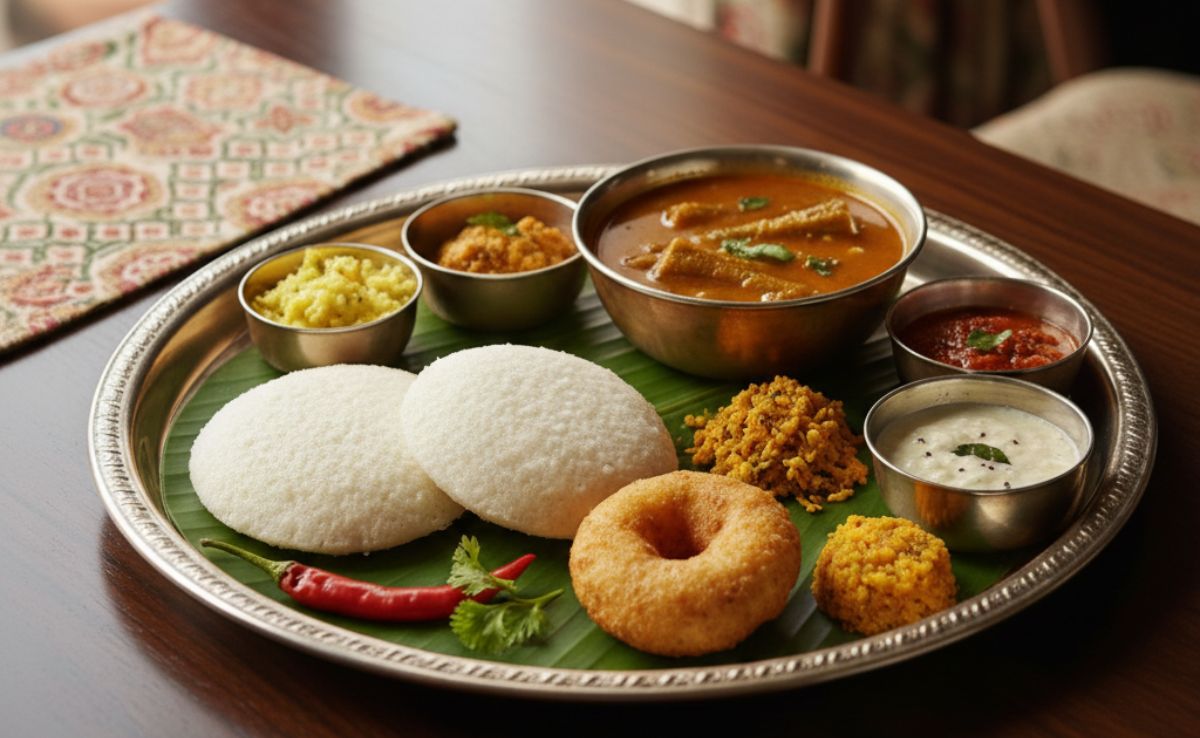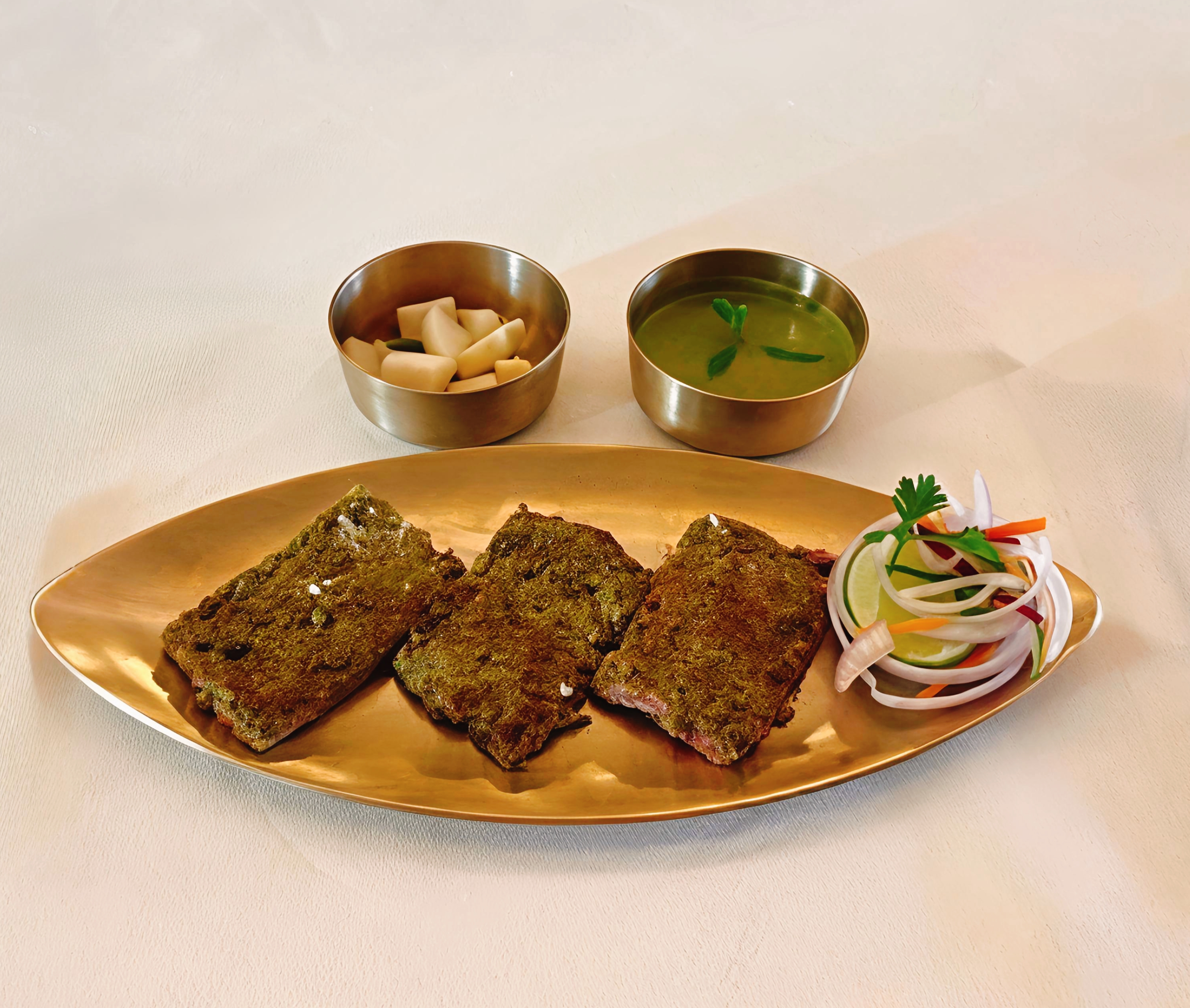Beer has come a long way from its ancient roots in Mesopotamia to becoming one of the most widely consumed beverages across the globe. Despite its ubiquity, beer often gets the short end of the stick when it comes to culinary appreciation. Yet, this humble brew is bursting with complexity, tradition, and potential for incredible food pairings. For food enthusiasts, chefs, and casual drinkers alike, here are seven nuanced facts about beer that reveal why it deserves a place at the centre of your next dining experience.
Also Read: Know Your Beer: A Comprehensive Guide To Beer Styles
Why Food Pairing Works Best With Beer
1. Beer Is Chemically More Complex Than Wine - and That Matters for Pairing
According to the American Society of Brewing Chemists, beer can contain over 800 unique flavour and aroma compounds that include fruity esters and spicy phenols, toasty malts and bitter hops. Each ingredient contributes differently: hops add floral or citrus notes, yeast produces fruity or clove-like aromas, and malts can bring anything from caramel to coffee tones. This diversity allows for incredibly precise food pairings, where the beer doesn't just accompany the dish, it amplifies it.
2. Beer Is Among the Richest Dietary Sources of Silicon, Essential for Bone Health
Beer is a particularly rich source of orthosilicic acid (OSA), the readily bioavailable form of silicon, an element vital for bone formation and connective tissue health. Studies have shown that the silicon content in beer correlates positively with bone mineral density in men and postmenopausal women, suggesting that beer's silicon mediates this beneficial association. The pale malts used in many beer styles, especially hoppy ales, tend to retain higher levels of silicon due to reduced heat stress during kilning and mashing. While beer shouldn't replace a balanced diet, its unique contribution of bioavailable silicon makes it a surprising ally in maintaining healthy bones- just another reason to appreciate the science behind your brew. Click here to know some more surprising health benefits of beer.
3. Hops Are Nature's Preservatives - and the Original Reason for the IPA Boom
In the 18th century, British brewers added extra hops to beer intended for long journeys to India. This led to the creation of India Pale Ales (IPAs), designed to survive the journey from England to India. Hops are naturally antimicrobial, which means they help prevent spoilage by inhibiting bacterial growth. This preservative power made hops critical to the survival of beer in the pre-refrigeration.
4. Wheat Beers Are Your Best Friend During Indian Summers
Wheat beers, especially Belgian Witbiers and German Hefeweizens, are brewed with a high proportion of wheat, giving them a light, creamy body and a natural haze. What makes them perfect for hot climates is their low bitterness, refreshing citrus zing, and subtle spice notes (like coriander and clove). They also pair beautifully with spicy or tangy Indian dishes like fish curry, lemon rice, or even pani puri. Unlike heavier ales or strong lagers, wheat beers hydrate and refresh while enhancing, not overpowering, local flavours.
Also Read: 5 Surprising Ways To Use Leftover Beer

Beer pairs well with a fresh, delicious pizza.
Photo Credit: iStock
5. The Shape of Your Beer Glass Can Transform the Experience
Just like wine, beer benefits immensely from proper glassware. The shape of a glass affects head retention, aroma concentration, and even how the beer enters your mouth. A tulip glass, for instance, is ideal for aromatic ales like saisons or Belgian tripels, while a snifter enhances the bold character of imperial stouts. Tall pilsner glasses showcase clarity and carbonation, while a classic mug is great for lagers but not for nuanced sippers. Using the right glass elevates your tasting experience and brings out the full potential of the brew - something every food lover should appreciate.
6. Beer Is Arguably the Oldest Fermented Beverage on Earth
Dating back over 5,000 years, beer is one of the earliest recorded recipes in human history. The oldest known reference is a Sumerian hymn to Ninkasi, the goddess of beer, inscribed in cuneiform on an 1800 BCE clay tablet. This recipe called for fermented barley bread soaked in water, rudimentary, yes, but foundational to modern brewing. Beer has since been embedded in nearly every culture, from German monks perfecting lagers to Japanese brewers incorporating rice. This ancient drink has always evolved alongside food and civilisation itself.
7. Foam Isn't Just Aesthetic - It Amplifies Flavour
That frothy top isn't just for looks. Beer foam, also known as "head," plays a crucial role in the drinking experience. The bubbles help release aromatic compounds, which are essential to how we perceive flavour. A good foam also acts as a barrier, slowing the beer's exposure to oxygen and keeping it fresher, longer.
Whether it's your first pint or your hundredth pairing experiment, beer offers much more than meets the eye (or tastebuds). It's a story of craft, culture, and culinary potential - and it's time food lovers gave it the stage it deserves. So next time you crack open a cold one, take a moment to appreciate the centuries of science and flavour in your glass.
And here's a fun fact to toast with: Cenosillicaphobia, the fear of an empty beer glass, is real! While it might sound like a joke, it's a legitimate term for that unsettling moment when you find your pint drained, just waiting for a refill. After all, we all know there's nothing quite as satisfying as the first pour of a fresh brew - so let's raise a glass to never let that glass go empty!
Also Read: 6 Foods That Are Best Served With Beer
About the author: Ms. Shatbhi Basu is the Independent Director with Mount Everest Breweries Ltd. She is credited as India's first female mixologist.
Disclaimer:
The opinions expressed within this article are the personal opinions of the author. NDTV is not responsible for the accuracy, completeness, suitability, or validity of any information on this article. All information is provided on an as-is basis. The information, facts or opinions appearing in the article do not reflect the views of NDTV and NDTV does not assume any responsibility or liability for the same.






